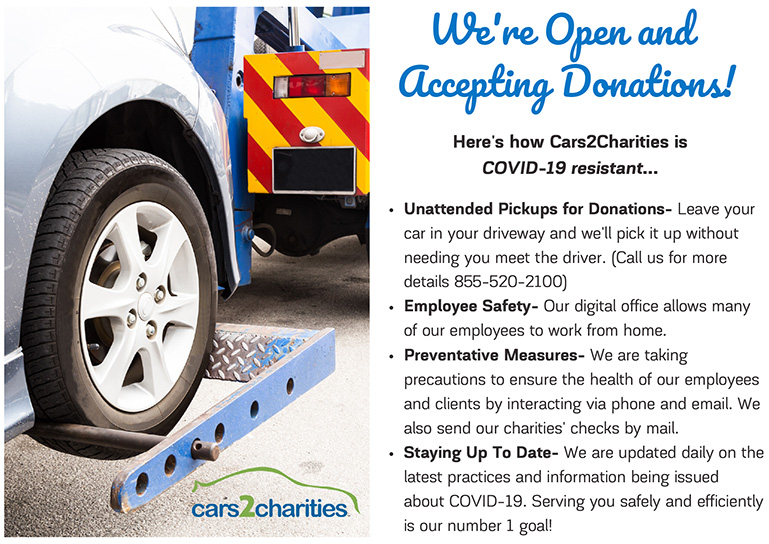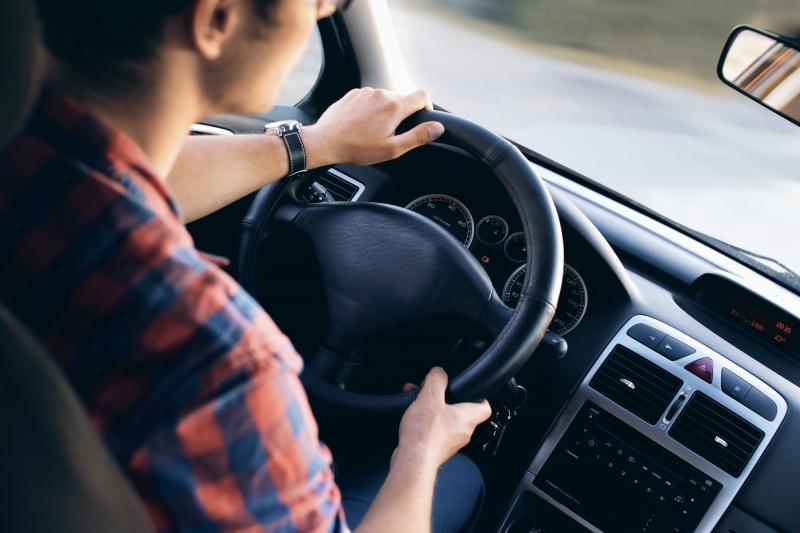Three signs your eyesight may be unsafe for driving
Driving is a skill that many of us use daily, but when was the last time you had your eyesight checked? Poor vision can be very dangerous to both yourself and other road users when you’re behind the wheel, as it can cause you to miss road signs, misjudge distances, and not notice hazards as quickly as you need to.
Eyesight problems can sneak up on us, and it can be difficult to recognize that your sight isn’t as sharp as it used to be. Experts recommend you should have an eye test at least every two years, and more frequently if you have an eye condition or notice any changes in your vision.
With sight being the most relied on sense when driving, it’s vital to keep tabs on your vision and eye health. Here are three signs that you may need a trip to the optometrist before you drive again.
Double Vision
Most people have experienced double vision at some point in their lives, but if it becomes a regular occurrence, book yourself an eye test. Double vision whilst driving can alter your depth perception and make you more likely to stray between lanes, as well as making the risk of collision higher.
From squints, astigmatism, and cataracts, there are many possible causes for double vision that need to be properly investigated by a health professional. If you're diagnosed with double vision, you’re legally obliged to tell the DVLA. Be sure to also wear any prescribed glasses or contact lenses whenever you drive.
Light Sensitivity and Headaches
Being sensitive to light is called photophobia, and is almost always a symptom of another health condition. Dry eyes, swelling of the eyes and migraines can all lead to photophobia. If you start to experience pain in bright light when driving, it’s time to head to the optometrist.
Many people who regularly suffer from migraines will experience sensitivity to light, and driving when you’re prone to this condition can be dangerous. Pain can distract you from focusing on the road. Driving at night can be particularly aggravating for people with photophobia, so it’s best to avoid it if possible. Wearing sunglasses whilst driving in the daytime can help – but ultimately you need a diagnosis and treatment plan from a health professional to be safe to drive.
Seeing Spots (floaters)
Have you ever stood up too quickly and seen spots, lines, or clouds in your vision? These shadows are referred to as floaters, and most of the time they are a normal occurrence which pass quickly. Low blood pressure, aging, and dehydration can lead to floaters, but they can also signal a more serious health condition.
Naturally, any distortion to your vision can be extremely dangerous when driving. If you start experiencing floaters frequently, book an eye health check as soon as possible. Eye injuries and infections often present with floaters. If you’re experiencing floaters, flashing lights or any other vision impairments, avoid driving until you’ve been to the optometrist.
Stay Safe
Vision changes are a normal part of ageing, and wearing glasses or contact lenses is nothing to be ashamed of. Be sure to get your eyesight checked regularly so that you can continue to be a responsible road user and keep yourself and others safe.
Clark Staley
Clark Staley is a health-conscious individual with a passion for the classic. He can often be found cruising on Sunday afternoons in one of his beloved old cars and enjoys connecting with like-minded individuals and sharing his knowledge.



